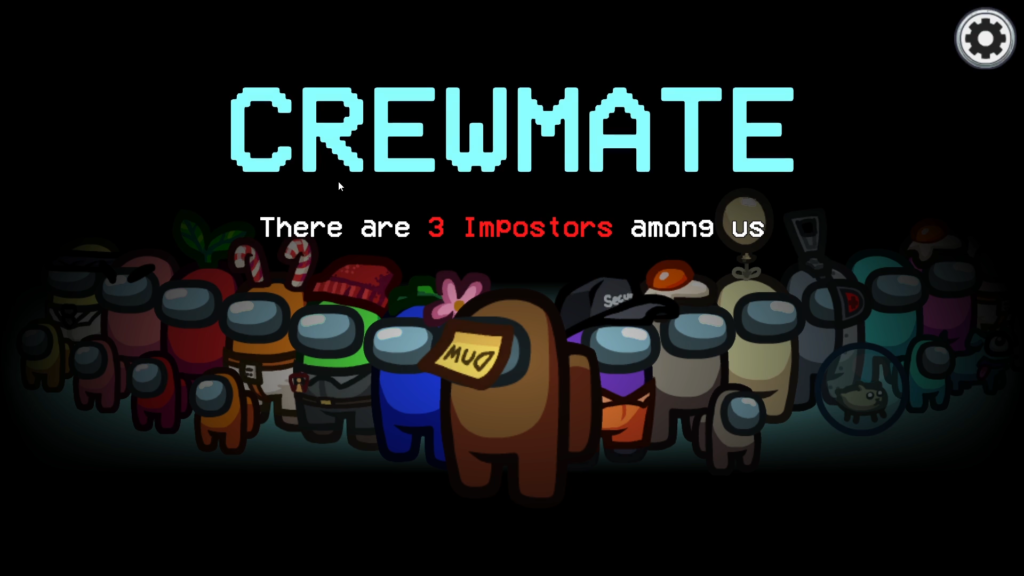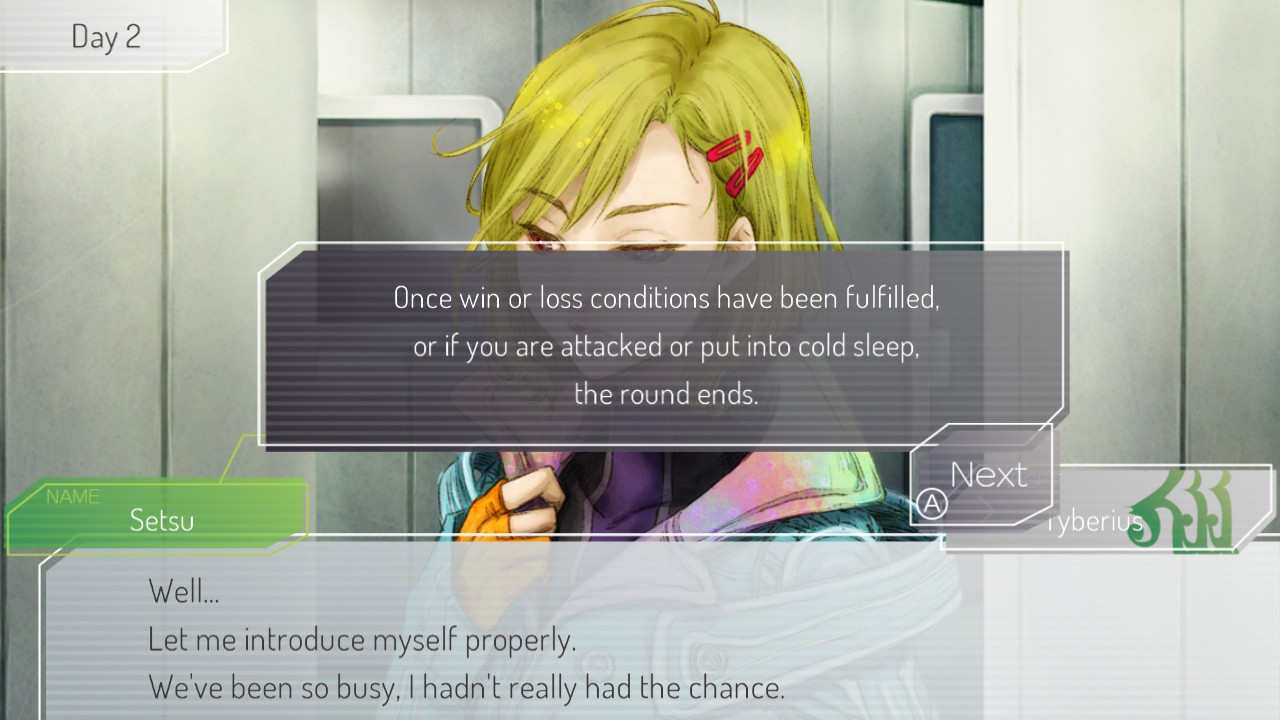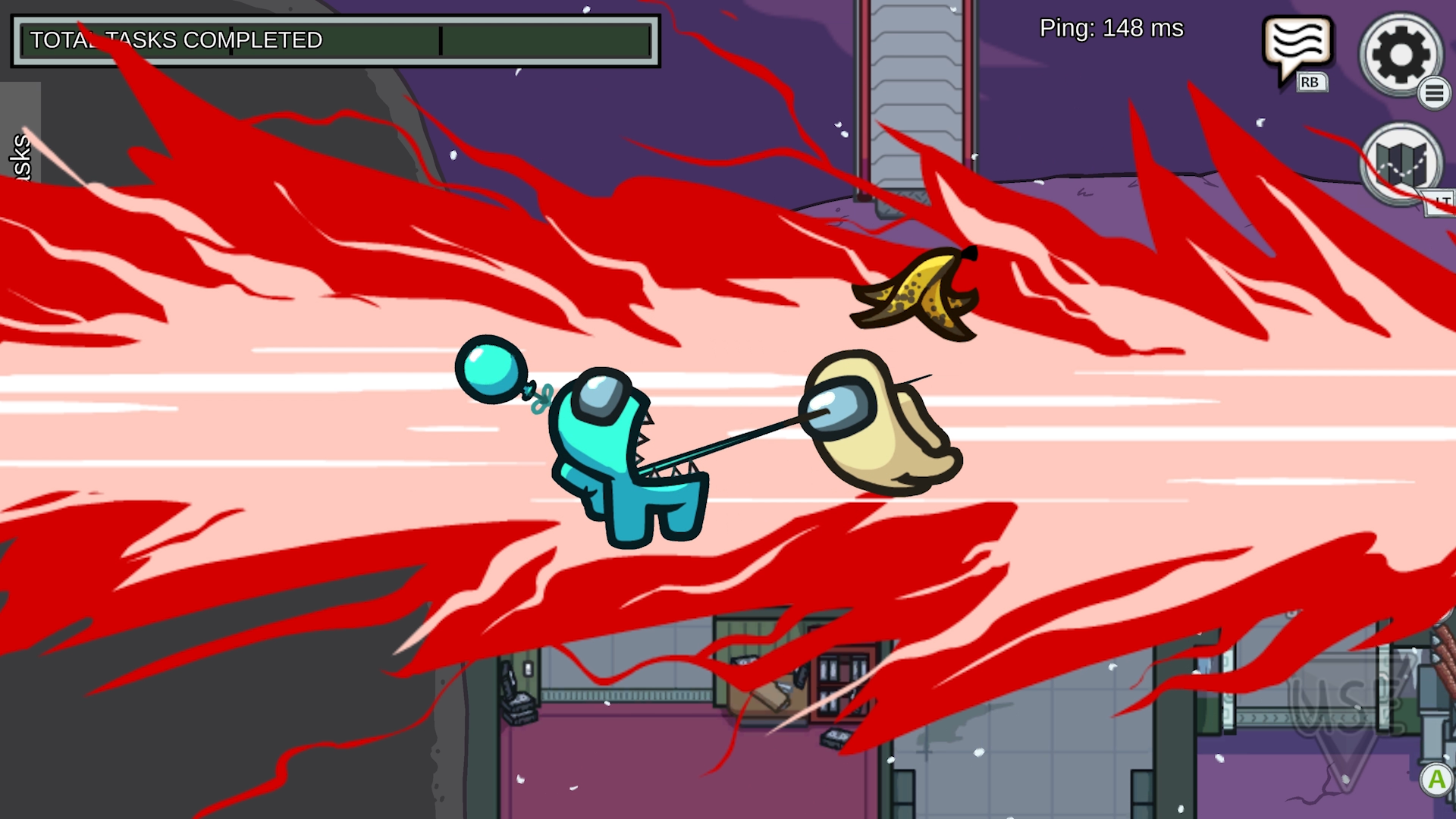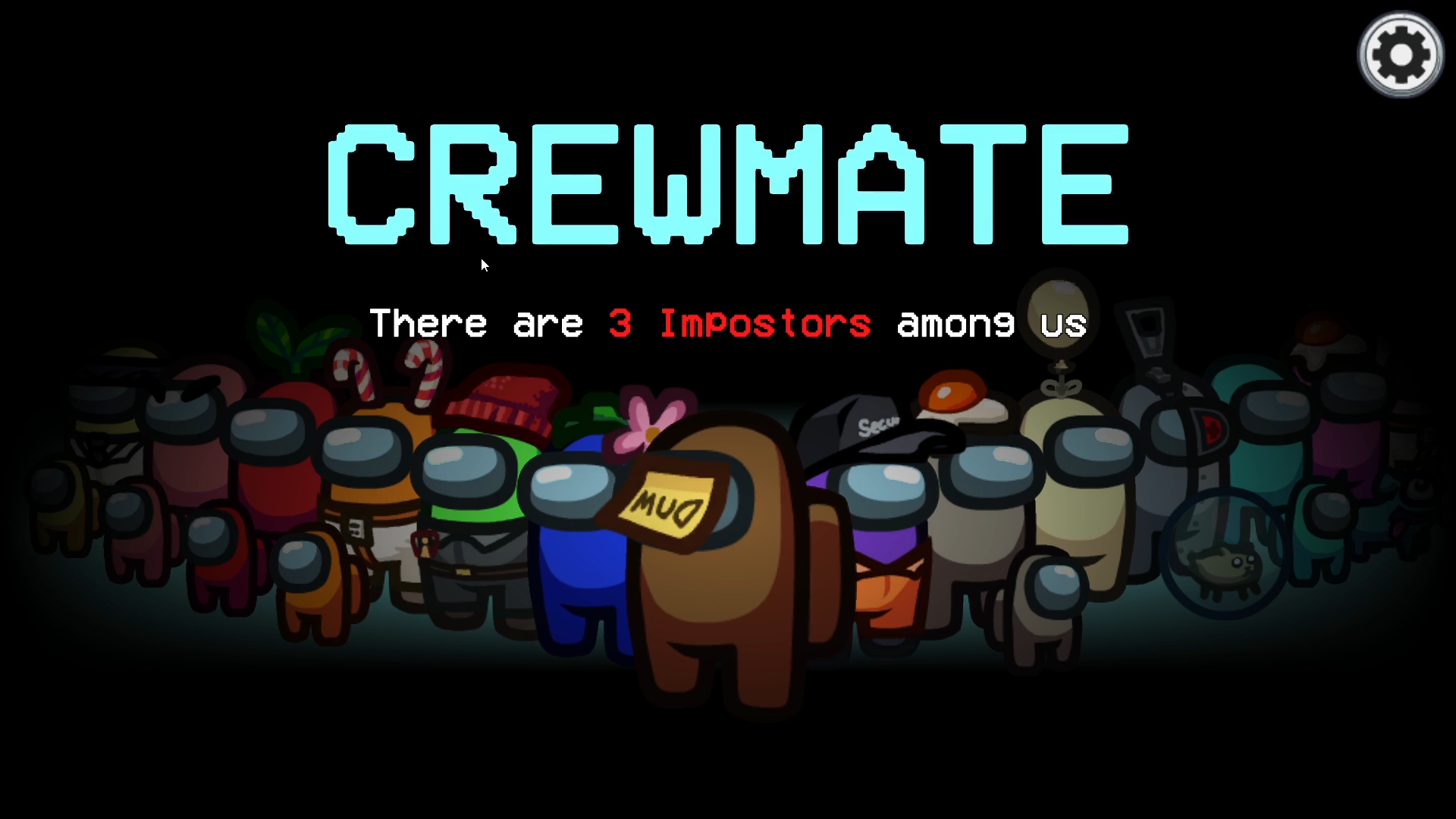
Provided by Innersloth
The Circle Suffers Because its Catfish Have No Teeth
Netflix’s social media reality show The Circle has four seasons in its American franchise, and several international adaptations. Its premise is a stressful one: players enter isolated apartments where they can only interact with each other via the titular social media platform, which was designed specifically for this show. Some of the players are taking the game on as themselves, while others are competing with catfish identities. Most of these players take on the faces of friends, family members, or partners, but occasionally they’ll grab a completely random face. Season 2 had an older gay man catfishing as a younger one, for example. But The Circle’s game design with regard to catfish hinders the show, rather than adding drama to it.
The Circle mimics social deception games like Werewolf, Among Us, or Gnosia. Some players are who they say they are, while others are hiding the truth. But beyond getting to play with a different face and name, there’s no intrinsic value to choosing to be a catfish over the real deal. Players who decide to go this route don’t get any mechanical benefit within the game itself, aside from a way to mask insecurities they may have about their own physical appearances.
During Season 1, Sean, a plus sized woman who joined the game after the first batch of players had started, chose to enter as a thin woman because “people treat fat people like crap.” Despite seemingly being a fairly confident person in her real life, she decided to play as a thin person to increase her chances at being liked by others in The Circle. But Sean eventually came clean, revealing herself to the other players and effectively getting rid of any possible advantage she may have had from her perceived thin privilege.

On the other hand, despite there being at least one player per season who obsesses over finding the catfish in their midst, there’s no advantage to searching these players out. Unlike in traditional Werewolf-style games, the catfish don’t put other players – those playing as themselves – in any more danger than anyone else. The implication is that any catfish who is found out would then be voted off the show, but there are no actual rules in place to determine that.
Because everything is done digitally, there isn’t actually a way to confirm that someone is a catfish until after they have been eliminated. Players send one last video message to the group showing who they really were once they’ve been sent home. In some cases, like with “Emily” in Season 2, certain minigames can help flush fakers out. The player behind “Emily” was eliminated because he performed so abysmally in a makeup challenge that no one could believe he was actually the girl in his photos. But, while that was a handy way to get rid of some competition, eliminating “Emily” had the same mechanical value as eliminating one of the real players. “Emily’s” departure didn’t save anyone else in the game from being ousted anymore than someone else’s would have. There’s no reward for sussing the catfish out, and no danger in them sticking around, so their existence in the game at all doesn’t make sense.
The looming threat of being “killed” by players who are hiding their identities, or losing potential allies by making the wrong choice when eliminating someone, is what gives social deception games their tension and overall objective. Participants simultaneously have to contend with the paranoia of danger being among them (pun intended) and the stress of trying to detect that danger before it consumes them. The Circle has most of these elements, but renders them toothless by making catfish a side note rather than an active mechanic.

In theory, the show’s counter-argument is that it’s all about “building real connections.” The players who catfish always say that they’re using their real personalities and histories, just with a different face. By this logic, and by the participants’ own statements, this means that the relationships they develop over the course of the game are still real, even though they’re built on lies. While the validity of these bonds are ultimately up to the people who made them, it’s undeniable that those who choose to catfish are choosing deception for no real reason.
By creating a game where some players are secretly hostile, you give players a reason to take on that hostile role in order to gain an advantage, along with taking on risk. Imposters in Among Us can kill other players and move around the ship in ways regular crewmates can’t, at the cost of not having real tasks that can provide alibis during discussions, and being significantly outnumbered at the start of each game. But in The Circle, there is no actual reason to play as a catfish. While the choice to do so may be based on insecurities or a perceived notion of what kind of person will be more popular on social media, those who enter the game as catfish are lying for the sake of lying.

Conversely, though it may be troubling to think that the people you’re building relationships with may not actually be who they say they are, there’s no harm in allowing catfish to stay in the game, so long as you make it into the top five. Ultimately, the goal of The Circle is simply to not be targeted by whoever becomes that episode’s Influencers. These are the players who are voted most popular and usually get to decide who is eliminated. While the easiest way to avoid this is to be one of the Influencers yourself, as long as you’re popular or under the radar enough, you can make it through to the end. Whether or not the other people who make it there with you are real doesn’t impact the endgame.
Without a reason for the catfish option, the actual gameplay of The Circle ends up feeling lacking. It’s easy to get wrapped up in the characters and storylines the show creates with its contestants, but ultimately any fear or suspense surrounding someone being found out feels hollow because there’s no real danger either way within the rules of the game itself.
If you like what we do here at Uppercut, consider supporting us on Patreon. Supporters at the $5+ tiers get access to written content early.






1 thought on “The Circle Suffers Because its Catfish Have No Teeth”